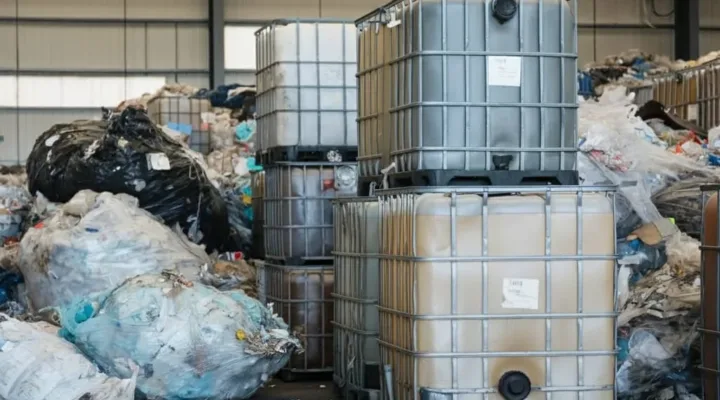The improper disposal of hazardous waste, such as spent alkalis contaminated with heavy metals (SW401), can cause significant operational disruptions in any industrial facility. Failing to manage SW401 waste safely and in compliance with regulations not only endangers the environment and public health but also exposes your business to legal liabilities, fines, and potential operational shutdowns. In this blog, we will explore how to safely manage and dispose of SW401 waste while maintaining uninterrupted business operations.
What is SW401 Waste?
SW401 refers to spent alkalis that have become contaminated with heavy metals, such as lead, cadmium, mercury, or chromium, during industrial processes. These waste materials are typically generated in industries such as metal processing, chemical manufacturing, and electronics production. SW401 waste is highly corrosive and toxic, requiring specialized handling and disposal procedures to mitigate environmental and health risks.
The Challenges of SW401 Disposal
The disposal of SW401 waste poses several challenges that must be addressed to avoid operational disruptions:
- Handling Heavy Metals: Heavy metals in SW401 waste are extremely hazardous and can cause long-term contamination if improperly managed. Workers handling this waste must be trained in safety protocols to prevent exposure to toxic chemicals, which can result in health risks, including neurological damage and respiratory problems.
- Safety Protocols: Due to the corrosive nature of alkalis and the presence of heavy metals, stringent safety protocols must be in place to protect both employees and the environment. This includes using appropriate personal protective equipment (PPE), proper waste containment systems, and monitoring systems to detect any potential leaks or exposure.
- Potential Operational Disruptions: If not managed properly, the disposal of SW401 waste can disrupt normal business operations. Improper storage, delays in waste removal, or non-compliance with hazardous waste regulations can result in fines, production stoppages, or even legal action. Therefore, businesses must adopt efficient disposal processes that integrate seamlessly with their existing workflows.
How to Safely Manage SW401
- Proper Storage and Labeling: To prevent accidents and ensure compliance, SW401 waste must be stored in corrosion-resistant containers that are clearly labeled as hazardous waste. Storage areas should be secure, well-ventilated, and regularly inspected to prevent any leaks or spills. Labels should include the type of waste, hazardous components (e.g., heavy metals), and handling instructions.
- Safe Transportation and Handling: Only certified and licensed hazardous waste transporters should be used to move SW401 waste to approved treatment or disposal facilities. During transportation, all containers should be secured to prevent leaks, and proper documentation should accompany the shipment to ensure regulatory compliance. Handling procedures must include wearing appropriate PPE and using proper tools to avoid direct contact with the waste.
- Disposal Through Certified Facilities: SW401 waste must be disposed of at certified hazardous waste disposal facilities that are equipped to treat and neutralize the waste in an environmentally safe manner. These facilities follow strict protocols to prevent environmental contamination and ensure the safe disposal of heavy metals. Some facilities may also offer recycling or recovery options to minimize the environmental impact.
How Professional Services Can Help Minimize Disruption
Partnering with a professional waste management company can ensure that your SW401 disposal process is both safe and efficient, helping to minimize operational disruptions. Here’s how:
- Efficient Pickup and Disposal: Professional waste management services can schedule regular pickups for SW401 waste, ensuring that waste is promptly removed from your facility without affecting daily operations. This reduces the risk of waste accumulation, which could lead to regulatory violations or health and safety hazards.
- Compliance and Safety Procedures that Integrate with Existing Workflows: Professional services are familiar with the regulatory landscape surrounding hazardous waste disposal and can ensure that your business remains compliant with all local and international waste disposal regulations. They also integrate their safety procedures into your facility’s operations to minimize disruption, allowing you to maintain productivity while ensuring that SW401 waste is handled according to the highest safety standards.
Don’t let improper disposal of SW401 waste disrupt your business. At Metahub, we specialize in the safe and compliant disposal of hazardous waste, including spent alkalis contaminated with heavy metals. Contact us today to schedule a free consultation and learn how we can help you implement an efficient, seamless waste management solution that keeps your operations running smoothly.





